A level indicator is registering a liquid level that is falsely low.
The operator has hand-gauged the storage vessel with a tape measure and determined the actual level to be 9 feet, but the level indicator (LI) registers 7.5 feet.
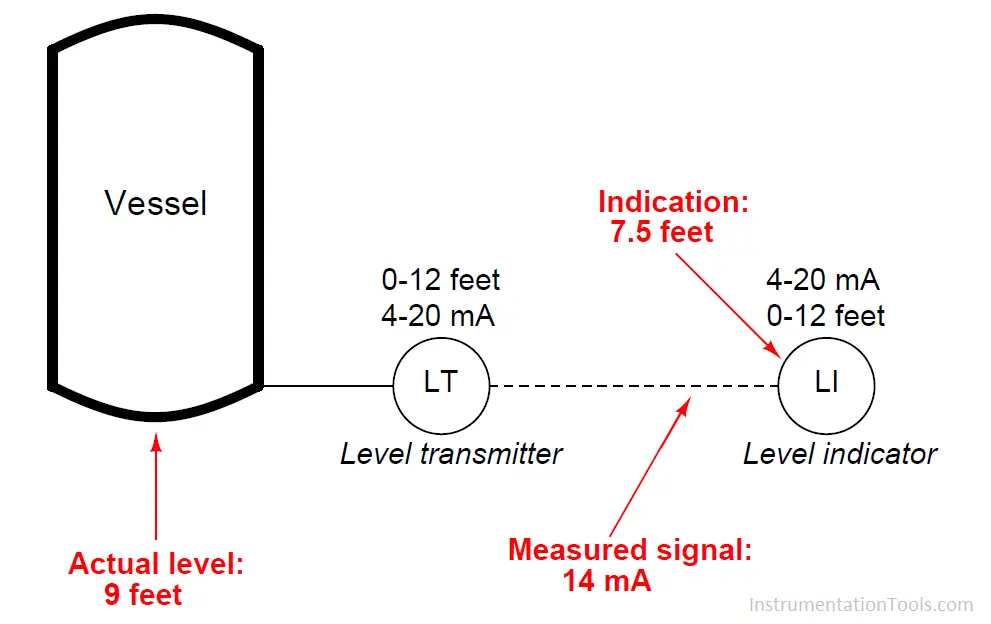
The calibrated range of the 4-20 mA transmitter is 0 feet to 12 feet.
You measure the current signal with your multimeter and find that it is 14 mA.
Which instrument is at fault in this system? How do you know?
Answer:
The transmitter is at fault, not the indicator.
Share your answers with us through below comments section.
Scroll down to see the answers shared by the users.
Read Next:
Credits: Tony R. Kuphaldt
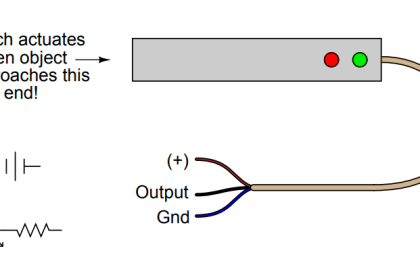
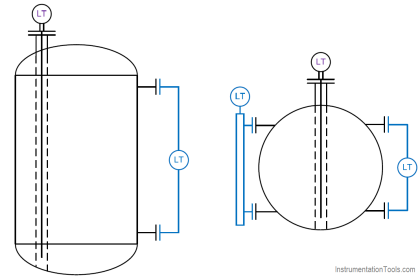

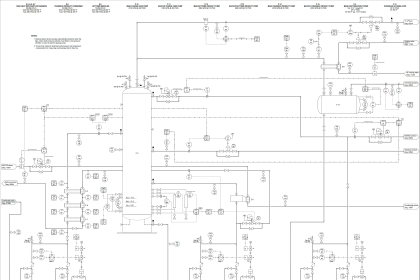
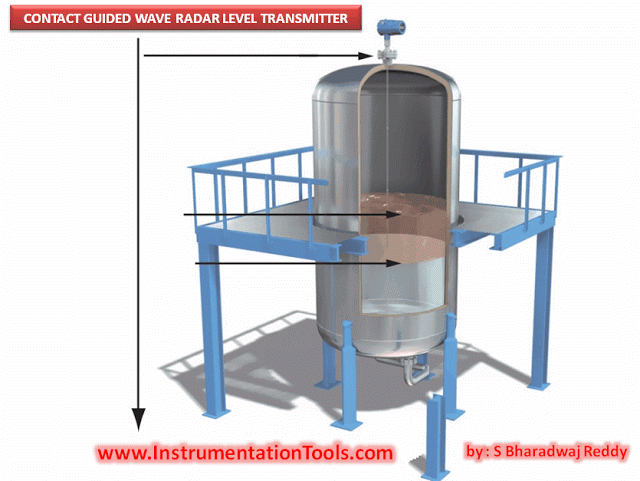
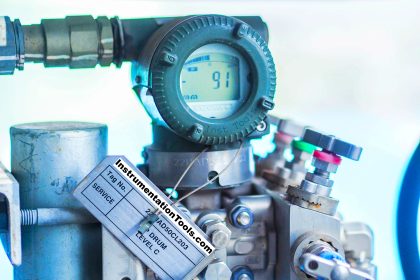
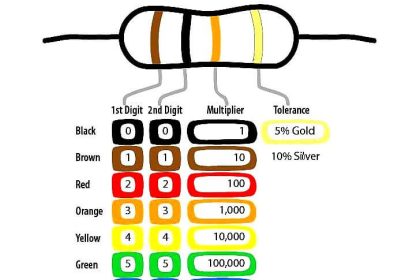
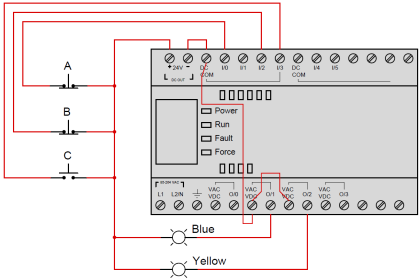
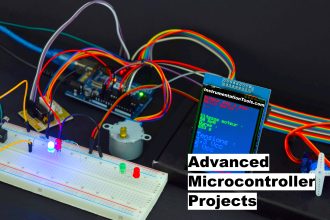
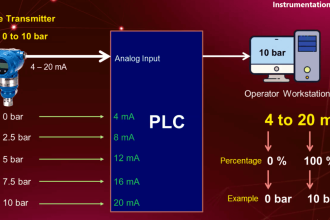
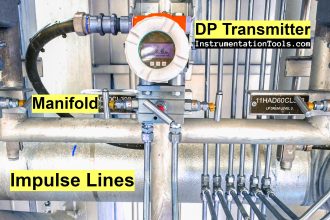

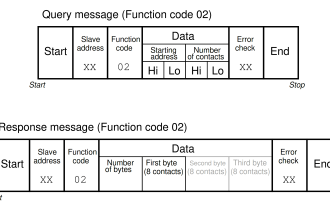
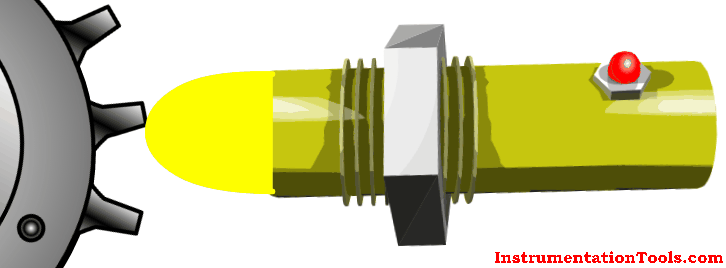


An indicator is usually connected in serial with the transmitter in the same circuit loop.
It`s not the indicator the measuring device and the fault is likely to be in the transmitter and not otherwise.
However, measuring the instrument`s output wherever in the loop is always the way to determine the right actual instrument`s output to the control system and frequently this is enough to solve the problem that we are dealing with but sometimes, STILL, it is not the guaranty that it will be processed in the right way by the control system (PLC or DCS) and displayed at DCS screen`s operator.
The transmitter is calibrated in wrong range, if it is calibrated in 0-12 Feet the output should be 16 mA instead 14 mA.
If the output is 14 mA with actual level is 9 feet then the LT calibration is 0-14..4 Feet.
In other side the LI calibrated in correct range 0-12 Feet.
Level Transmitter Should Be faulty … this could be on A sensor Primary element.
Why?
Each 3ft = 4mA
9 ft => 4+12 mA = 16 mA => LT is generating a wrong signal
14 mA => 7.5 ft => Li is rading Right
The LI is correctly outputing the level according to the amount of current received from the LT. A 14 ma current received from LT is correctly converted to 7.5 ft (heigh = 12ft*(14ma-4ma)/16)
On the other hand, at an actual level of 9ft, the LT was expected to output a 16ma current ( (16*9/12) + 4). 75%
Yes. There is a formula on this signal calculation.
4mA.= 0.0 ft
12mA = 6.0 ft
20 mA = 12 ft
So actual physical reading of 14 mA by a calibrated multimeter. It gives a 7.5 ft
14mA – 4, divide by 16 then x height of 12 ft equals to 7.5 ft.
Then the transmitter needs a calibration from Zero potential settings to 0.00 and the SPAN to 12 ft. When the signals goes back to the analog input card. 0.0 value of 333 bits and 12. 0 values of 4926 bits or FEE.
We have to do calibration for the transmitter 4_20 ..if the percentage error out of range (more than 0.25%) should be fix the transmitter (as left) by hard communicator .
First of all, before you start to troubleshoot, you need to get permission from the operator to take the instrument out of service.
You do not know if this level transmitter is connected to a shut down or is just an alarm.
The second thing is to confirm what type of material it is measuring, is it water or is it acid, it could be anything you don’t know. Once these items are addressed, isolate, drain, and lock out the instrument.
Once this is completed, pump up the transmitter with calibration equipment while measuring the milliamp output.
If the instrument is out of calibration recalibrate and exercise the instrument for repeatability. If the instrument does not repeat and falls out of calibration replace the instrument.
I agree the level transmitter is reading incorrectly, but what caused it? Getting the plant back online is important but finding out the reason for the failure is just as important
Level transmitter measure level . 0 =4ma and 20 ma for 12ft Fault reading .need calibration if calibration fails need to replace transmitter do calibration empty levels and span for 12ft
the tank is close so the LT should be wet leg
we need recalibrate LT case its range is 0 to 12 ftand the tank is just 9ft
LT should send 16mA signal.
9′ x 16/12 = 16mA.
But it sending only 14mA.
So.. LT is the problem.